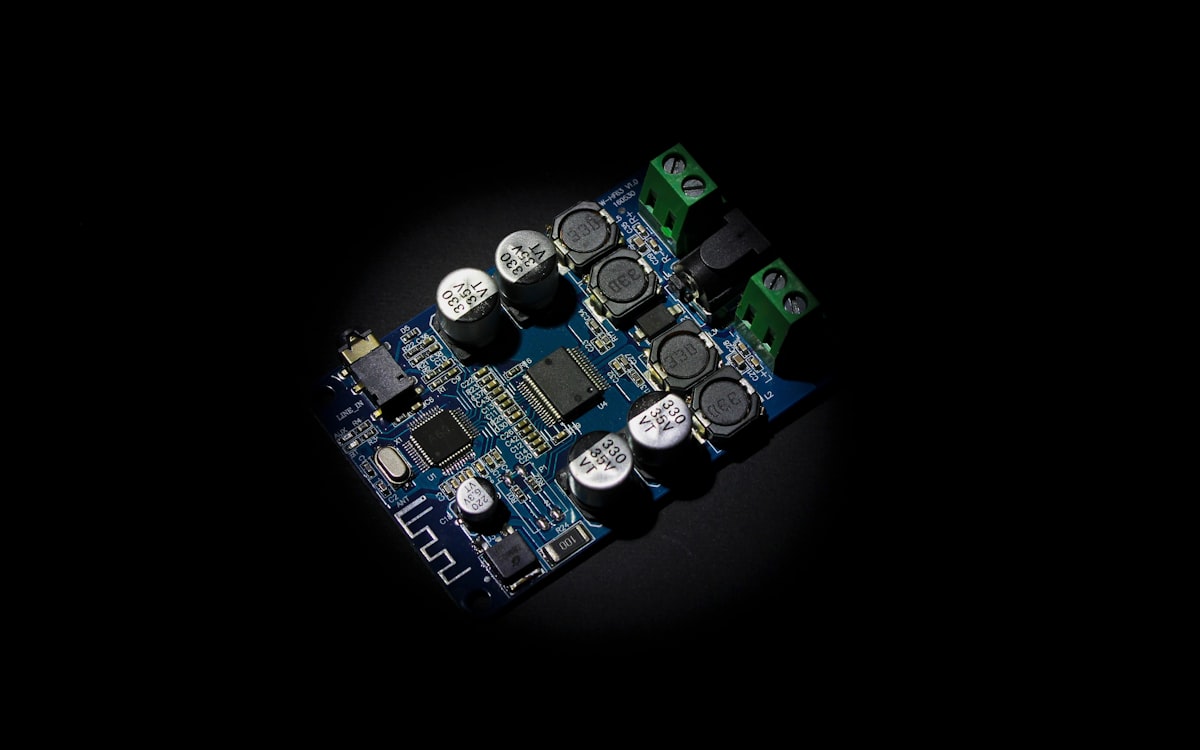Experiment with Bluetooth to calculate body signals
Signals emitted by the heart, muscles, or brain can be measured and their variations recorded in a machine via Bluetooth, thus eliminating the tangle of cables needed to carry out this type of study.

It is possible to measure the signals emitted by the heart, muscles, or brain and record their variations in a machine via Bluetooth, thus eliminating the tangle of cables to carry out this type of study, said Bruno Méndez Ambrosio, from the Institute of Cell Physiology (IFC) of the UNAM.
The academic technician explained that there are multiple commercial equipment that link wireless signals to data collection due to their high utility for health; however, their cost is still high, which is why educational institutions, such as the UNAM, create more economical versions that perform this work.
"This kind of acquired knowledge allows us to use, in a more efficient way, the equipment, and there is a project called Art and Brain where we were able to synchronize visual art stimulation tasks with 20 recording channels, and we have signals with a good signal-to-noise ratio. But we are ready to reproduce and have our electroencephalogram," he added.
Méndez Ambrosio, who is one of the IFC experts developing electronic devices useful in Neurosciences, added that because this technology is non-invasive, it can be taken to rural communities, or applied in veterinary medicine.
For the work, the electronics expert adapted commercial Bluetooth systems, bioelectric sensors and a signal amplifier to transfer the data to a computer that records those sent by the heart or the brain.
During Brain Week, organized by the IFC, he pointed out that measuring bioelectric signals from the human body is not simple, which is why surface contact electrodes are used.
If the direct electrical activity of a neuron is measured, the response is approximately 100 millivolts, but when this is done via the skin, the situation is different. For example, measurements of the heart and muscles, when taken superficially, register one millivolt, that is, 100 times smaller; while those of the brain -which are covered by the skull- are of the order of microvolts, the university professor added.
He recalled that throughout time there have been scientists interested in bioelectrical signal measurements, among them Luigi Galvani, famous for his preparations on frogs, who observed that when connecting the limbs to a current there was a muscular contraction. This type of response led him to develop a theory of animal electricity. To refute him, his contemporary Alessandro Volta invented the battery we use today.
He added that the first electrocardiogram was constructed by Willem Einthoven, in 1900, who managed to record the electrical activity of the heart, one of the most important advances in the history of cardiology.




